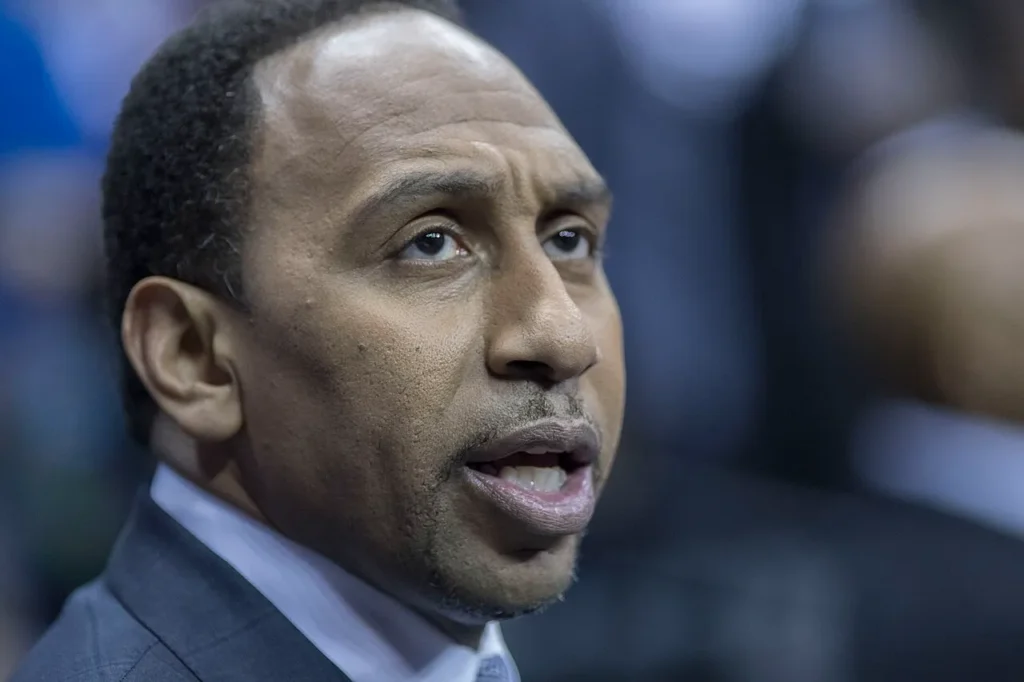Elections for a new parliament have started in India, taking place over six weeks to accommodate the roughly one billion people eligible to vote. Election officials are traveling across the country to enable voting even in remote areas.
The voting spans six weeks until June 1, ballots across the country will be counted and the results are expected to be announced on June 4. Results are generally announced on the same day.There is little doubt about the re-election of the ruling Hindu nationalists, which could see Prime Minister Narendra Modi entering a third term. Modi’s opponents are weakened by constant power struggles and politically motivated legal proceedings.
Modi’s prospects have been bolstered by several criminal investigations against his opponents.
The bank accounts of the Congress, the main opposition party, have been frozen since February by the Indian tax authorities, following a dispute over income declarations dating back five years.
In March, its leader, Rahul Gandhi, cautioned that they lacked funds for campaigning and were unable to support their candidates. He expressed concern that their capacity to engage in the electoral battle had been compromised.
Indian Prime Minister Narendra Modi urged voters in the first phase of the election, which includes seven phases, to exercise their right to vote in record numbers, especially the youth and first-time voters. “Every vote counts and every voice matters!,” he added on the social network X.
Meanwhile, the Congress party, the main opposition, reminded voters on X that their “vote can end inflation, unemployment, hatred, and injustice.” It emphasized the importance of voting and urged people not to forget to vote.
The first phase of this election concluded on Friday at 6 PM India time (12:30 PM GMT), before the next six scheduled between April 26 and June 1.
In total, 968 million Indians are called to elect the 543 members of the lower house, more than the total population of the United States, the European Union, and Russia combined.
At 73 years old, Narendra Modi remains very popular after two terms, during which India increased its diplomatic influence and economic weight. A 2023 Pew survey indicated that he was viewed favorably by nearly 80% of Indians.
Born in Gujarat in western India, Modi served as the Chief Minister of his native Gujarat from 2001 to 2013, where he promoted infrastructure development like electricity and roads and attracted domestic and foreign enterprises.
He has already led the BJP to two landslide victories in 2014 and 2019 by playing on the religious sentiment of the Hindu electorate.
The ruling party is campaigning on its record of achieving high economic growth, with India’s GDP rising to the fifth largest in the world under the Modi administration and projected to become the third largest by 2027.
On the other hand, the opposition criticizes the government for increasing disparities and not securing sufficient employment for the youth amid economic development.
Pre-election polls show the BJP in a leading position, but in the state of Tamil Nadu in the south, where a key first-round voting has begun, regional parties that are part of the opposition coalition have a strong support base.
The voting was largely without incident, but a polling station in Manipur, shaken by inter-ethnic conflict, was targeted by shots from unidentified assailants. This remote state, divided by cleavages between the Hindu majority Meitei and the predominantly Christian Kuki community, was the scene of violent clashes last year, leading to the displacement of thousands of people.
Last month, Arvind Kejriwal, a prominent leader known as a rival to Modi was arrested by authorities on suspicion of involvement in a corruption case.
The opposition has intensified its protests against what it sees as governmental repression, while the Modi administration asserts that the actions are not politically motivated, highlighting the growing intensity of the partisan conflict.
India’s general election, held every five years and called “the world’s largest election.” The election is known for the participation of many parties and candidates, with over 670 parties, including regional parties, and more than 8000 candidates in the last 2019 election.
The election involves 545 seats in the lower house of parliament, with 543 contested in single-member districts across seven voting phases: April 19 (102 districts), April 26 (89 districts), May 7 (94 districts), May 13 (96 districts), May 20 (49 districts), May 25 (57 districts), and June 1 (57 districts).



